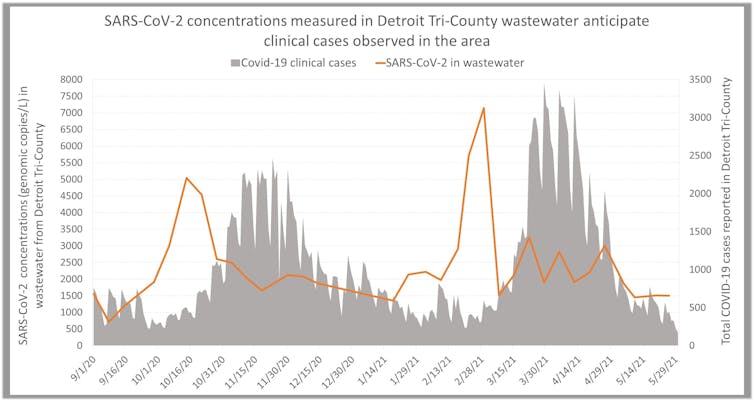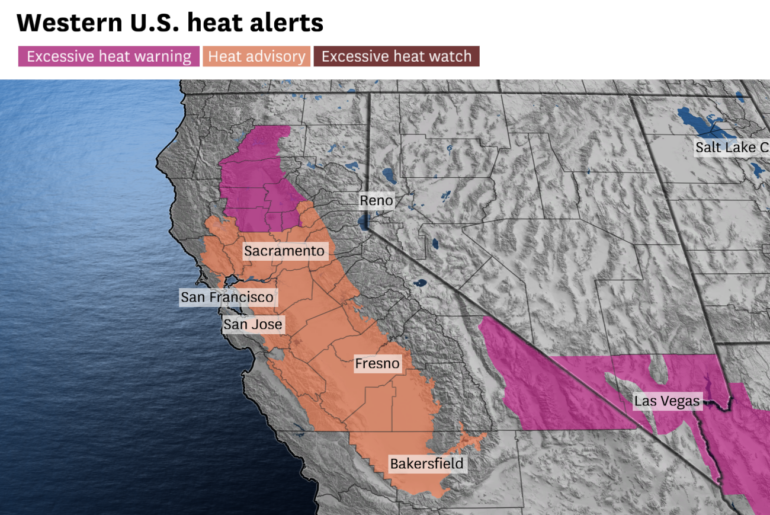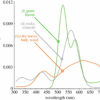Wastewater surveillance hit the big time during the height of the COVID-19 pandemic, when officials started using this technique to monitor local virus levels. But my colleagues and I had been exploring wastewater’s promise as a public health tool years before anyone had heard of SARS-CoV-2.
My environmental virology lab based at Michigan State University has been in a partnership with the city of Detroit and the Great Lakes Water Authority since 2017, when we started testing municipal wastewater from Wayne, Oakland and Macomb counties to survey viral diseases in the Greater Detroit community.
Imagine you want to identify a potential emerging infectious disease in an urban area before it becomes an outbreak. Could you collect clinical samples from everyone in the community on a regular basis and test them all for every possible virus? No, that’s an impossible task.
Instead, we collected municipal wastewater, as a representative composite sample from the community, and tested that with advanced molecular methods to reveal endemic and emerging virus-related diseases circulating in the area. We identified viral genomes related to multiple gastrointestinal, respiratory, blood-borne and vector-borne diseases excreted by the population. We identified herpesviruses, including rare species, and we identified hepatitis A outbreak peaks via wastewater analysis that appeared before peaks in clinical samples.
The ongoing project in Detroit shifted to monitor SARS-CoV-2 in 2020. Our team, which then expanded to include the local health departments, practicing engineers and the Michigan Department of Health and Human Services, was able to identify COVID-19 peaks in the metro Detroit population five weeks before the delta variant surge was visible in positive COVID test data.

Testing identified peaks of SARS-CoV-2 in wastewater, indicated by the orange line, which showed up about a month before peaks in clinical diagnoses of COVID-19 in patients.
Zhao et al 2022
Our team is continuing to expand and improve our methodology to screen for the presence of endemic and emerging communicable diseases circulating in the metro Detroit population and to predict when and where surges will occur.
Data hidden in what goes down the drain
Wastewater is a mixture that contains anything that goes down the drain from the toilet, the shower, the laundry, the dishwasher or the sink. In most cities, stormwater and water used in industrial processes also end up in the wastewater.
Municipal wastewater contains viruses and other pathogens excreted by anyone with an infection, even at the early stages before symptoms develop.
These microorganisms are diluted in a large amount of water and mixed up with soap, personal care products, road runoff and many other chemicals and impurities. The drop of blood or saliva that a clinic would test for infectious agents is much more concentrated and much less contaminated with other…

